HappyDayzz Ransomware Data Recovery

I think there's an issue with my storage device, but I'm not sure
Start a free evaluationWhat is HappyDayzz Ransomware?
HappyDayzz is malicious software that encrypts your files and demands a ransom for their decryption. This ransomware uses strong encryption algorithms, which makes it difficult to decrypt the files without the original encryption key. Attackers distribute HappyDayzz through email attachments, fake updates, and infected websites. Once it has infected your system, it will scan your hard drive for certain file types and encrypt them. The encrypted files will have a “.happydayz” extension added to them. HappyDayzz Ransomware will then display a ransom note on your screen, demanding that you pay a certain amount of money to decrypt your files. It is important not to pay the ransom, as this does not guarantee that your files will be decrypted. Instead, you should focus on HappyDayzz Ransomware removal.
History
HappyDayzz Ransomware was first discovered by malware researcher Michael Gillespie in May 2017. It is a variant of the CryptXXX ransomware, which was first seen in April 2016. Since then, there have been several variants of CryptXXX, including HappyDayzz.
What encryption methods does HappyDayzz Ransomware use?
HappyDayzz uses the RSA-2048 and AES-256 encryption algorithms to encrypt your files.
What types of files does HappyDayzz Ransomware encrypt?
The file types that HappyDayzz Ransomware typically encrypts include:-Documents (e.g., .doc, .docx, .pdf, .xls)-Images (e.g., .jpg, .png)-Videos (e.g., .mp4, .avi)-Music files (e.g., .mp3, .wav)
How much is the ransom?
The HappyDayzz Ransomware demands a ransom of 1.5 Bitcoin, which is currently equivalent to USD 3,600. But the attackers are known to increase the ransom amount if the payment is not made within a certain time frame.
What was the biggest HappyDayzz Ransomware attack?
The biggest HappyDayzz Ransomware attack occurred in May 2017, when the ransomware infected over 500,000 systems in 150 countries. The victims of this attack included hospitals, businesses, and individual users.
Prevention
There are several things you can do to prevent HappyDayzz Ransomware from infecting your system, including:- Keep your operating system and software up-to-date: HappyDayzz Ransomware usually spreads through vulnerabilities in outdated software. By keeping your operating system and software up-to-date, you can close these security holes and make it more difficult for HappyDayzz Ransomware to infect your system.- Use a reputable antivirus program: A good antivirus program can detect and block many types of malware, including HappyDayzz Ransomware.- Don’t open email attachments from unknown senders: One of the most common ways that HappyDayzz Ransomware spreads is through email attachments. If you receive an email attachment from an unknown sender, don’t open it.- Don’t download software from untrustworthy websites: HappyDayzz Ransomware can also spread through fake software updates and infected websites. Be careful about what you download, and only download software from trusted sources.- Back up your files regularly: HappyDayzz Ransomware encrypts your files and then demands a ransom for their decryption. But if you have a backup of your files, you can restore them after the attack without having to pay the ransom.
What should you do?
If you’re infected with HappyDayzz, the first thing you should do is disconnect your computer from the internet to prevent the ransomware from encrypting any more files. Then, you should run a reputable anti-malware program to remove the HappyDayzz Ransomware and decrypt your files.
Is there a public decryption tool?
At the moment, there is no public decryption tool for HappyDayzz Ransomware. However, The No More Ransom Project offers free decryption tools for several variants of CryptXXX, on which HappyDayzz Ransomware is based on.
Use a recovery software
We built SalvageData data recovery software to help you.
Contact a data recovery service
If you don’t have a backup and can’t decrypt your files, you may be able to recover them using a professional data recovery service. These services specialize in recovering data from encrypted drives, and they may be able to help you recover your files.SalvageData offers a free consultation to help you determine if our services are right for you.
How much does data recovery cost?
The cost of data recovery depends on several factors, including the type of encryption used, the size of the drive, and the severity of the damage. In general, data recovery can range from $500 to $5,000.Contact SalvageData team of experts to get started.
Related services
These are the most commonly requested data recovery services. At our headquarters' cleanroom lab, our certified engineers conduct a thorough review of any type of physical storage device, determining if there is logical or physical damage and carefully restoring all of the lost files.ces.
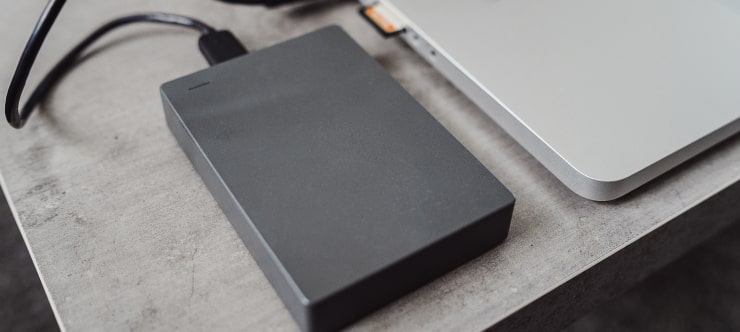
External Drive Data Recovery
We recover data from both external SSD and HDD drives. Rely on certified experts to restore your important files from damaged or corrupted external drives.
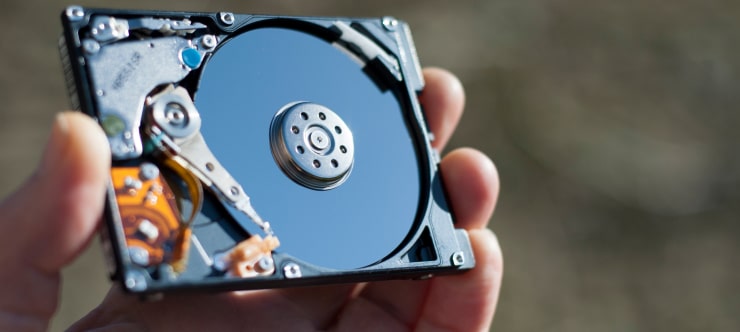
Hard Drive Data Recovery
Recover data from all brands of HDD, PC hard drives, and hybrid disks. Our specialists ensure fast and secure recovery for any data loss scenario.
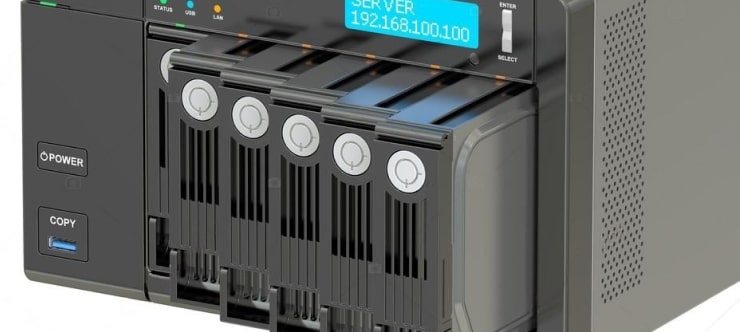
NAS Data Recovery
Recover data from NAS devices, including RAID configurations. Our team handles all types of NAS systems and ensures data recovery with minimal downtime.
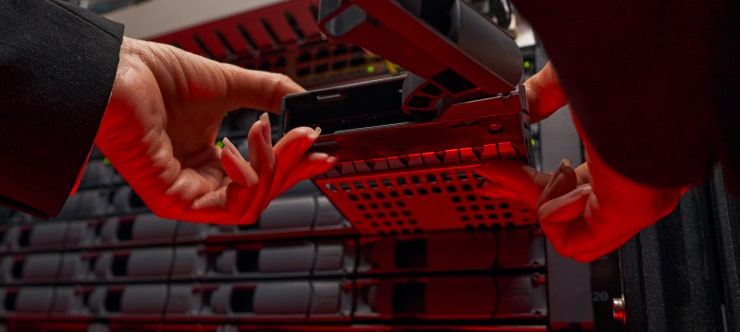
RAID Data Recovery
Our RAID data recovery services cover RAID 0, 1, 5, 10, and other configurations. We offer expert solutions for failed, degraded, or corrupted RAID arrays.
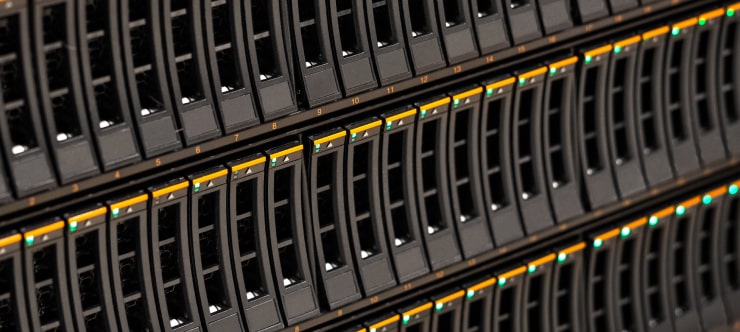
SAN Data Recovery
Our team specializes in handling SAN devices from leading manufacturers like Dell EMC, HP, and IBM, ensuring efficient recovery with minimal disruption to your operations.
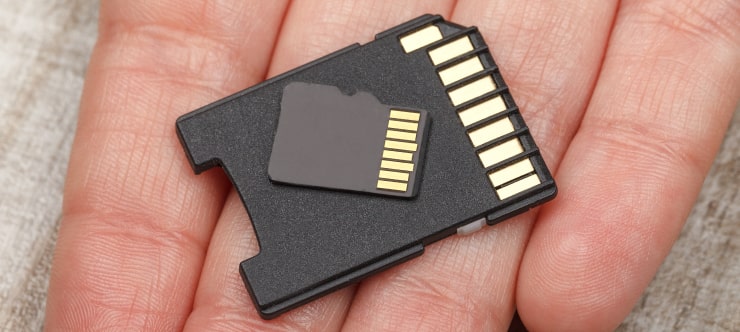
SD Card Data Recovery
Our recovery experts specialize in restoring data from SD and memory cards. We guarantee quick recovery with a no-data, no-charge policy.
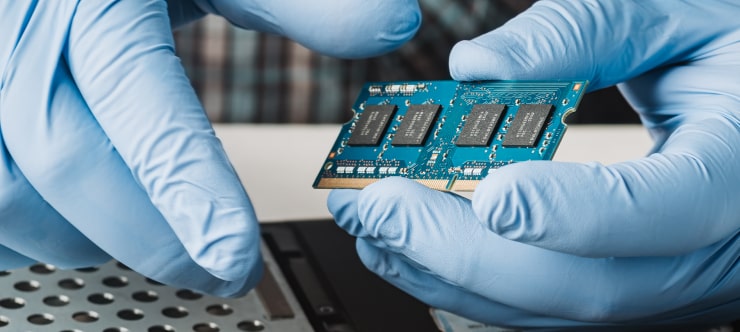
SSD Data Recovery
Our data recovery experts handle all SSD data loss scenarios with advanced tools, ensuring maximum recovery with high-security protocols.
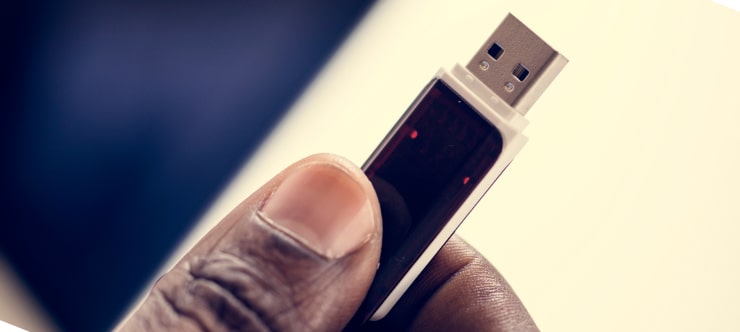
USB Flash Drive Data Recovery
Recover lost data from USB flash drives, regardless of the damage or brand. We offer free in-lab evaluations to assess data recovery needs.
If you’re unsure about which data recovery service to choose, let our team assist you in selecting the appropriate solutions. We understand the anxiety that comes with a sudden drive failure, and we are more prompt in our actions compared to other recovery service providers.



